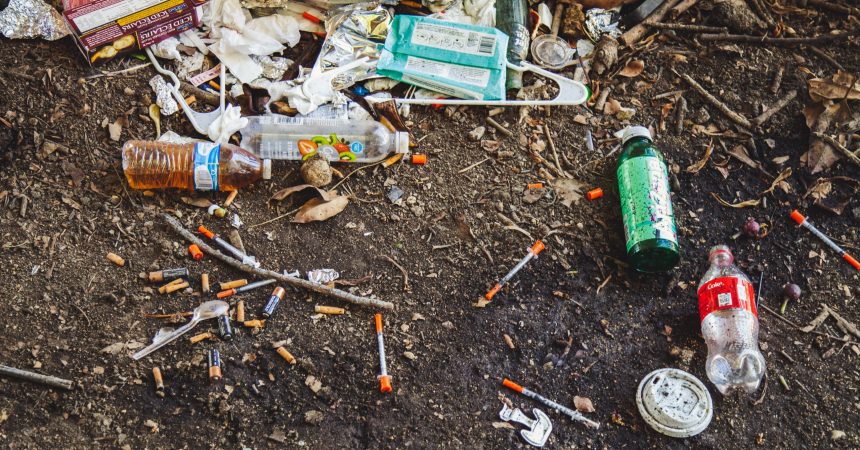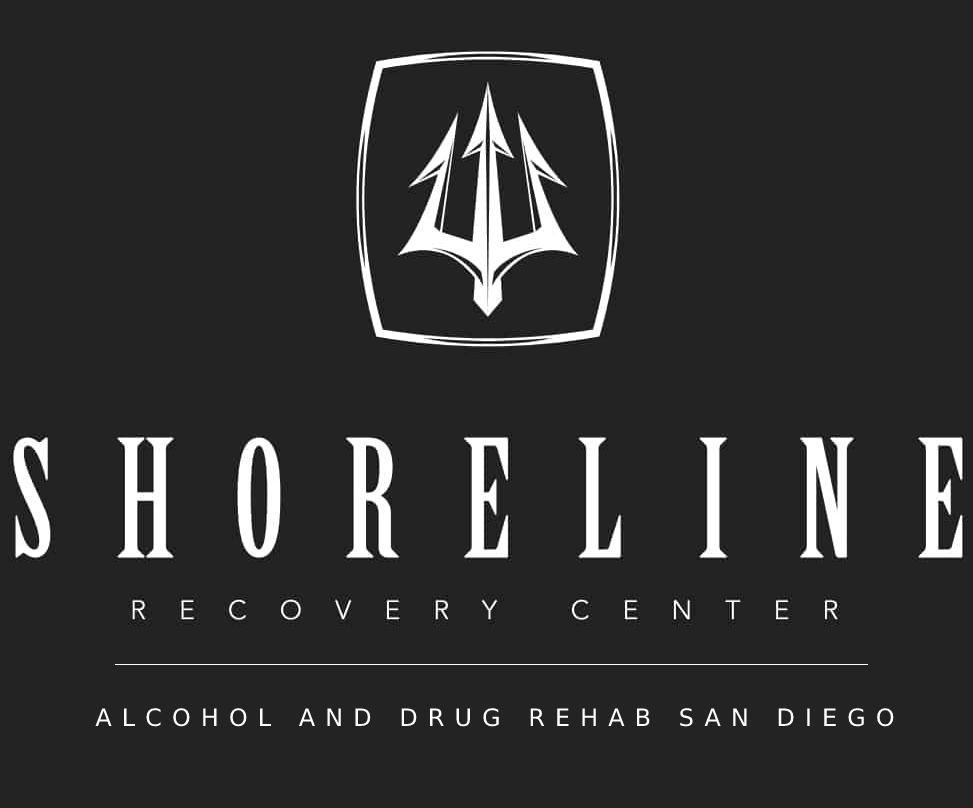Opioids are a well-known, highly addictive illicit substance that, even with the shortest terms of usage, can lead to a severe and long-term addiction which can often further lead to the individual suffering from an overdose.
Personal and family history can play a role as to whether an individual has a high percentage of becoming addicted; however, anyone can quickly begin to misuse opioids resulting in addiction and possible overdose. Whether the drug is of an illegal or legal form, opioids are responsible for the majority of overdose deaths in America today.
Risk factors of opioid use
Opioids are highly addictive drugs; the risk factors can be significant even if prescribed and heavily monitored by a medical professional. The risk of addiction significantly increases when individuals begin to take the drug in ways that have not been advised by a medical professional such as injecting or snorting. This misuse has life-threatening risks if the drug has an extended-acting formulation. Ingesting more than the prescribed amount or upping the drug’s dosage will significantly increase the risk of a fatal overdose.
Furthermore, the length of time an individual has been abusing opioids plays a considerable role in the likelihood of fatal overdoes. Medical professionals have documented that ingesting opioids for more than even a few days consecutively can increase the likelihood of an individual becoming dependent or creating long-term abuse that has the potential of turning into a full-blown addiction. The likehood of an individual being addicted to opioids a year after taking them consecutively for five days is significantly increased.
Below we have listed the known and documented risk factors associated with the misuse and addiction to opioids:
- Poverty
- Financial difficulties
- History of substance abuse, both personal and family-related
- Unemployment
- Chronic disorders
- History of criminal activity
- Legal issues, which usually include DUIs
- Heavy misuse of additional illicit drugs
- Alcohol misuse
- Risk of thrill-seeking behavior consistently
- Regular, if not daily, contact with high-risk individuals and high-risk environments
- Severe mental health issues
Increased risk factors
There are a variety of factors that are glaringly obvious to medical professionals that can increase an individual risk of overdosing. These can include but are not limited to:
- Surviving a past overdose
- Changes in an individual’s tolerance level can often be one of the first things to happen after an individual has been part of a detox, in jail or following a time of abstinence.
- Changes in the purity of fentanyl and heroin
- Changes in the quality of fentanyl and heroin
- Poor nutrition
- Heart or a variety of issues which can take for as lung damage from smoking or heavily drinking
- Weakened immune system
- Having access to easy access to opioids
- Mixing the opioids with stimulants such as:
- Speed
- Meth
- Cocaine
- Crack
Know the signs of an overdose
If you witness a loved one experiencing an opioid overdose, you must be educated on what to do and how you can help. The early signs and symptoms must be identified for the best possible chance of the individual making it through. The most common signs and symptoms to look out for are:
- The body becomes very limp
- Constant vomiting
- The individual is awake but completely unable to speak
- Loss of consciousness
- Breathing extremely slow and shallow or has wholly stopped
- The individual’s pulse or heartbeat becomes significantly slow
If someone has overdosed when you are present, you should call 911 immediately, even if you are not 100% sure; it is better to be safe than sorry.
If you can ensure the individual experiencing an overdose has an open airway that is free of all obstruction and lay the individual on their side, the recovery position. If the patient is not breathing, you must administer CPR compressions until the ambulance arrives. Usually, the 911 medic will help you through this process to give the patient as much chance as possible.
Steps to prevent opioid addiction
Opioids are of safest usage when individuals follow the direct orders of the medical profession and are taken for three days or less when managing acute pain, such as following a bone fracture or surgery. Your doctor will work closely with you to ensure that you are given the lowest possible dosage for you to be able to function with any acute pain.
If you are an individual who is living with chronic pains, opioids are often not likely to be the safest or most effective long-term treatment plan. There are a variety of other treatment plans available that will include a less addictive medication to ensure there are no risks of becoming addicted. It is always safest to aim for a treatment plan that completely removes opioids.







